Hyakudan Kaidan – An Off-the-Beaten-Path Place to Visit in Tokyo
Constructed in 1935, Hyakudan Kaidan, or the “One Hundred Steps Staircase,” is a remarkable cultural and architectural gem in Tokyo. In addition to being an architectural landmark, the place regularly hosts art exhibitions, cultural displays, and events celebrating Japanese heritage. For visitors looking to explore traditional Japanese art and architecture, away from the usual tourist spots in Tokyo, Hyakudan Kaidan may offer a unique experience.
Before our trip to Tokyo, we asked our friend who has lived there for over 10 years to recommend a lesser-known local gem, distinct from popular tourist spots like Meiji Jingu, Senso-ji, or Shibuya Sky. She suggested Hyakudan Kaidan, describing it as a very traditional Japanese spot, renowned for its traditional arts, intricate decorations, and interesting exhibitions.
We went there with her, and the place was quite different from all other sites we had visited in Kyoto, Hakone and Tokyo. We wouldn’t know about this place without her recommendation, so we want to write about it for other travelers who have an interest in Japanese architecture, culture and art, and those who want to find an off-the-beaten-path place to visit in Tokyo.
Location and Overview
Hyakudan Kaidan is located within the historic Hotel Gajoen complex in Tokyo. The nearest station is Meguro Station, served by the JR Yamanote Line, Tokyo Metro Namboku Line, Toei Mita Line, and Tokyu Meguro Line. A short 5-minute walk from the station will then lead you to the hotel.
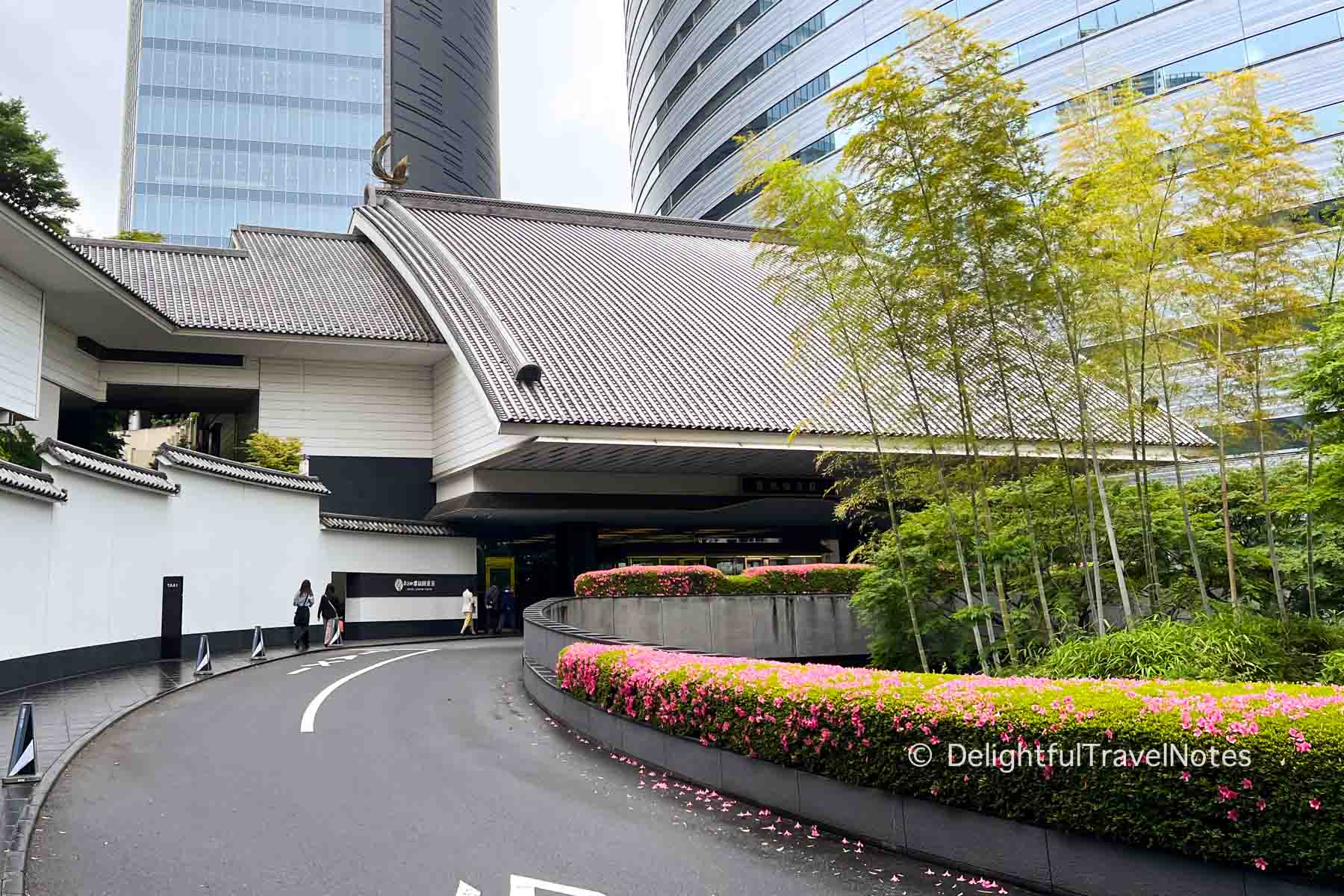
Founded by Rikizo Hosokawa in the 1930s, the original Meguro Gajoen was known as “Palace of the Dragon King,” displaying intricate woodwork, elaborate carvings, and stunning paintings. It was the first wedding complex to be built in Japan. Over the years, it has evolved from a renowned banquet hall to a luxury hotel.
Continuing its legacy, Hotel Gajoen seems to remain as a popular venue for weddings, with grand halls and beautiful Japanese gardens for ceremonies. When we visited, there were quite a few weddings taking place in the hotel complex.
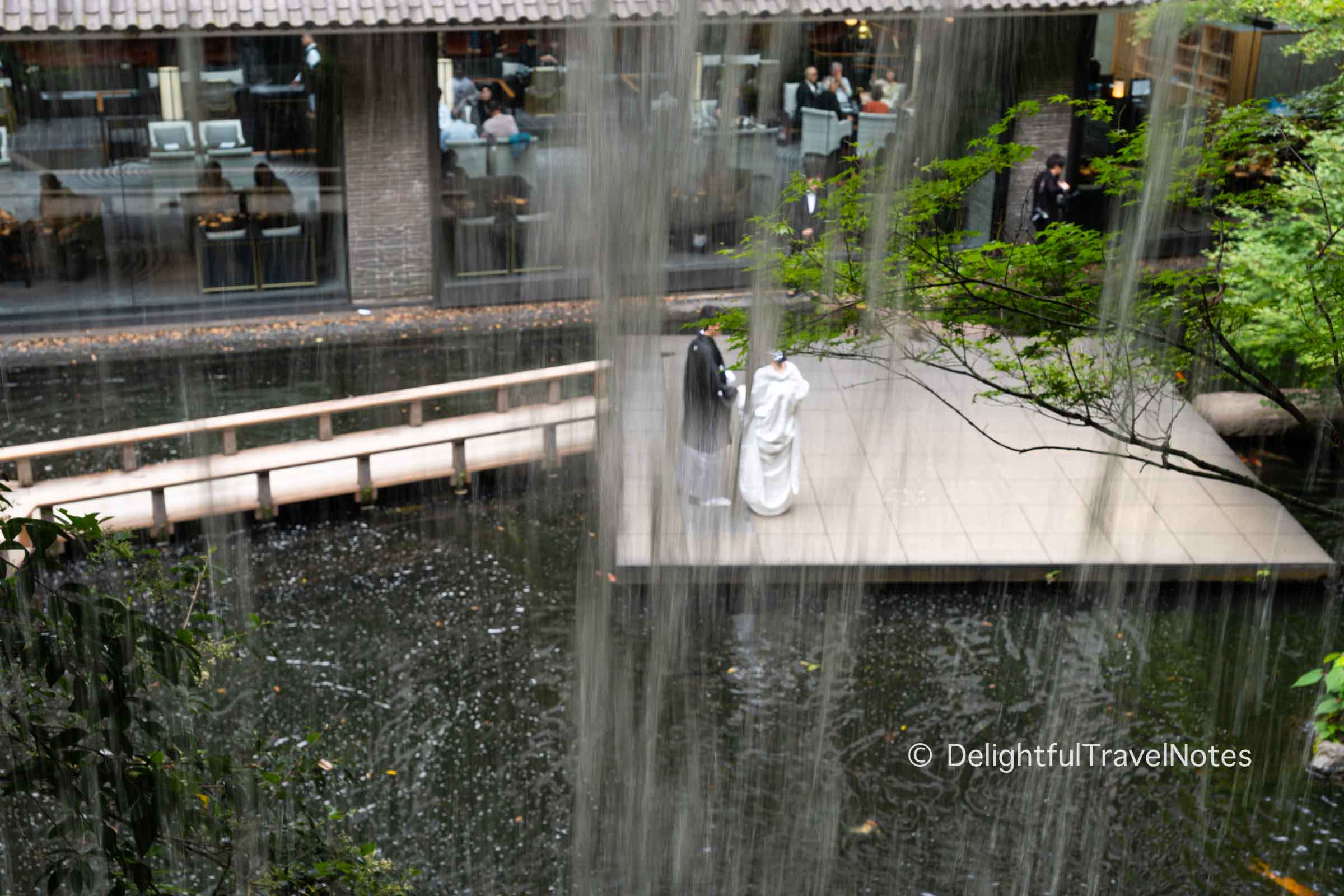
I found this article with beautiful old photos of the hotel back in the 1940s. The author also noted that the site was believed to be the model for the setting of Spirited Away, my most favorite anime by Studio Ghibli.
Among the lavish interiors preserved from the original Gajoen is the “Hyakudan Kaidan,” also known as the “One Hundred Steps Staircase“. A celebrated example of Showa Era architecture and design, the site has been designated as a Tangible Cultural Property by the Tokyo Metropolitan Government.
The Iconic Staircase
Built in 1935, Hyakudan Kaidan has withstood the passage of time, including the World War II. Its name literally means a one-hundred step staircase, however, there are only 99 steps in reality. You will find a brief explanation at the site with several theories as to why there are only 99 steps.
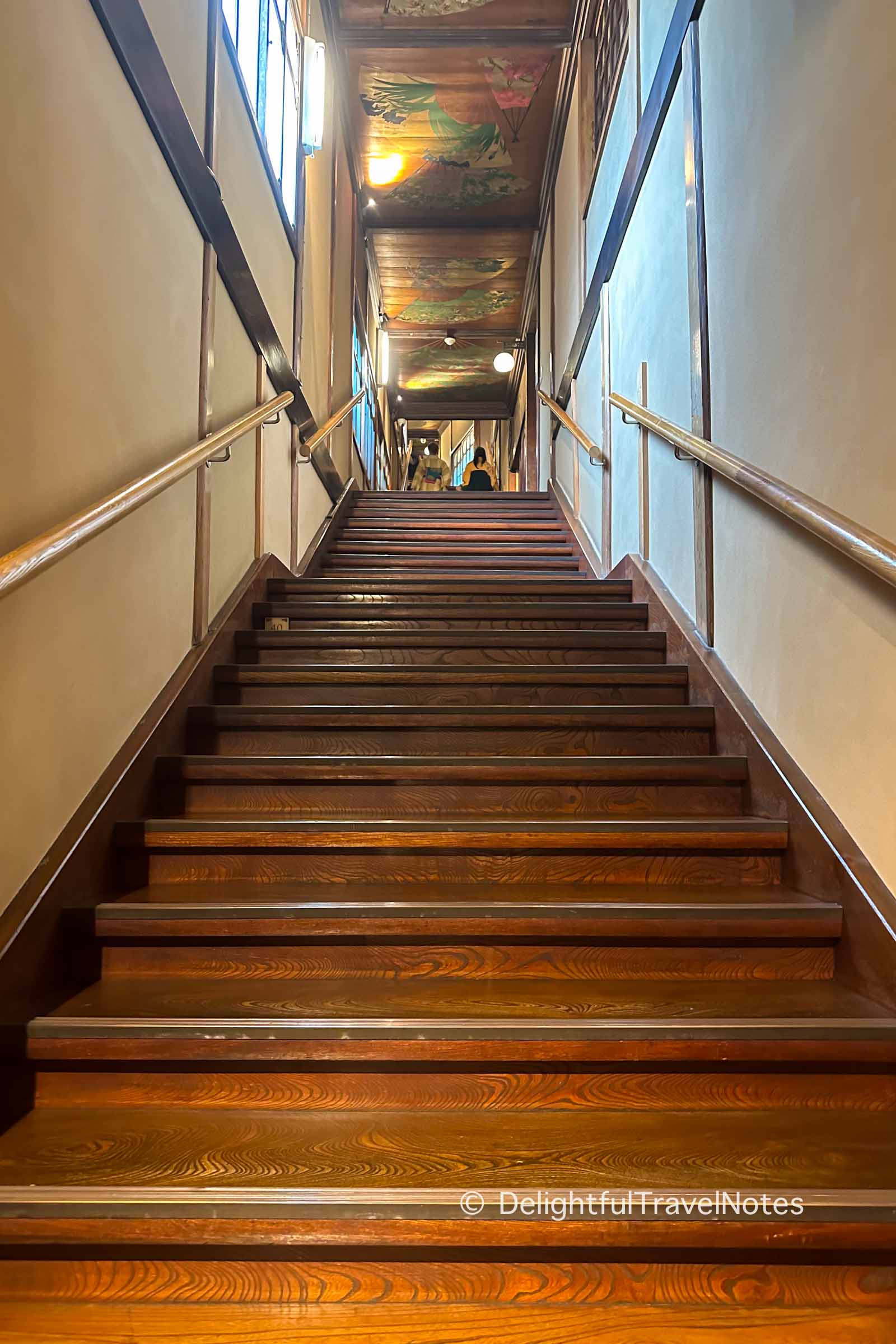
From what my friend told me as well as what we saw during our visit, quite a few Japanese ladies came here dressed in kimono. It added quite a bit to the experience I would say. If you are looking for a day out wearing a kimono in Tokyo, I definitely recommend this place.
Along the staircase, you can admire a variety of artworks on the ceiling. The staircase also leads to a series of rooms, each individually themed and elaborately decorated with paintings and carvings on walls and ceilings.
Art and Craftsmanship
Each of the seven rooms leading off from the staircase features different themes, capturing the essence of Japanese aesthetics. A number of them showcase themes related to the nature and changing seasons, which are central motifs in Japanese art. This includes depictions of flowers, birds, fall foliage, snow scenes, and other natural landscapes. Some rooms may feature paintings and carvings of figures from Japanese history and mythology.
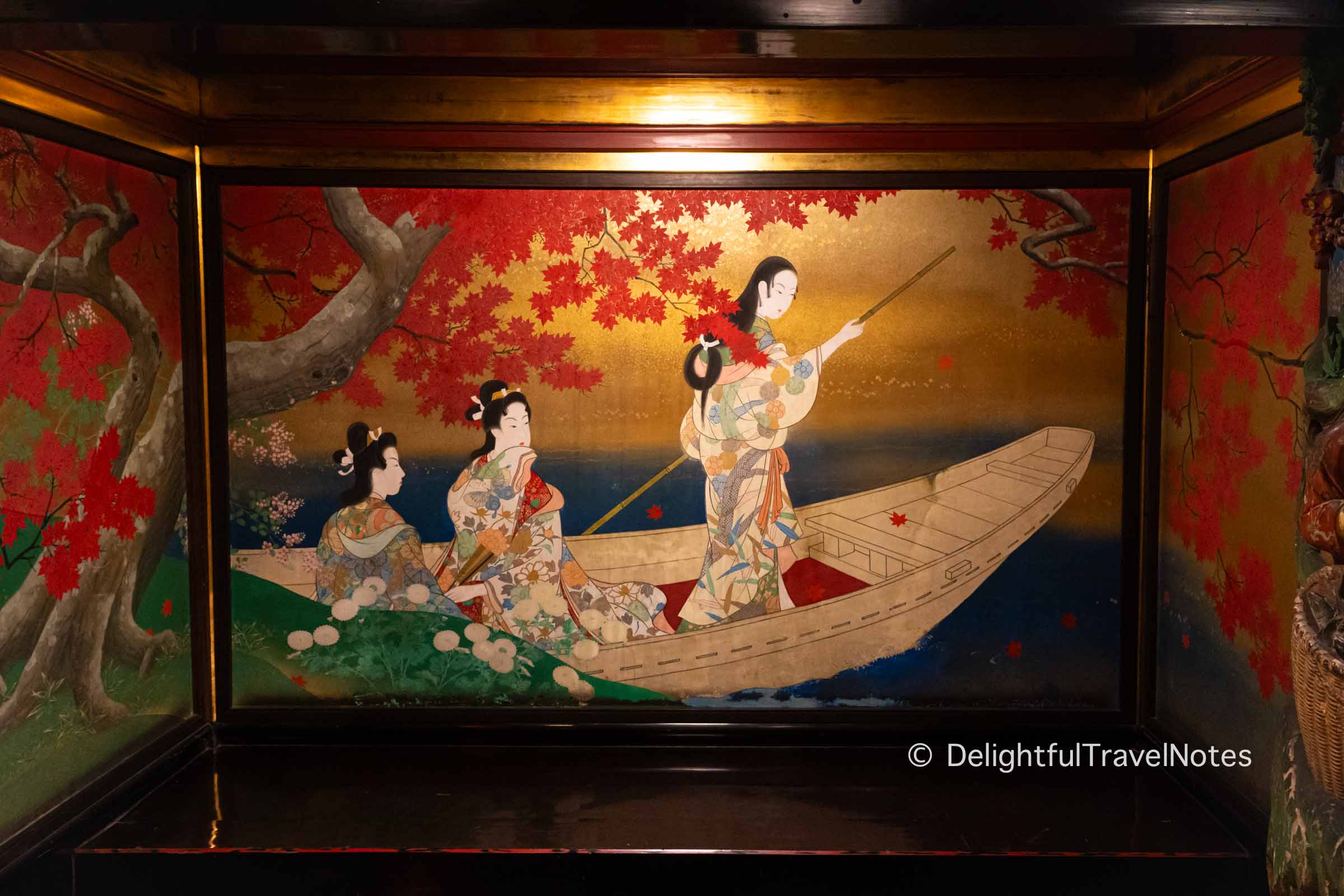
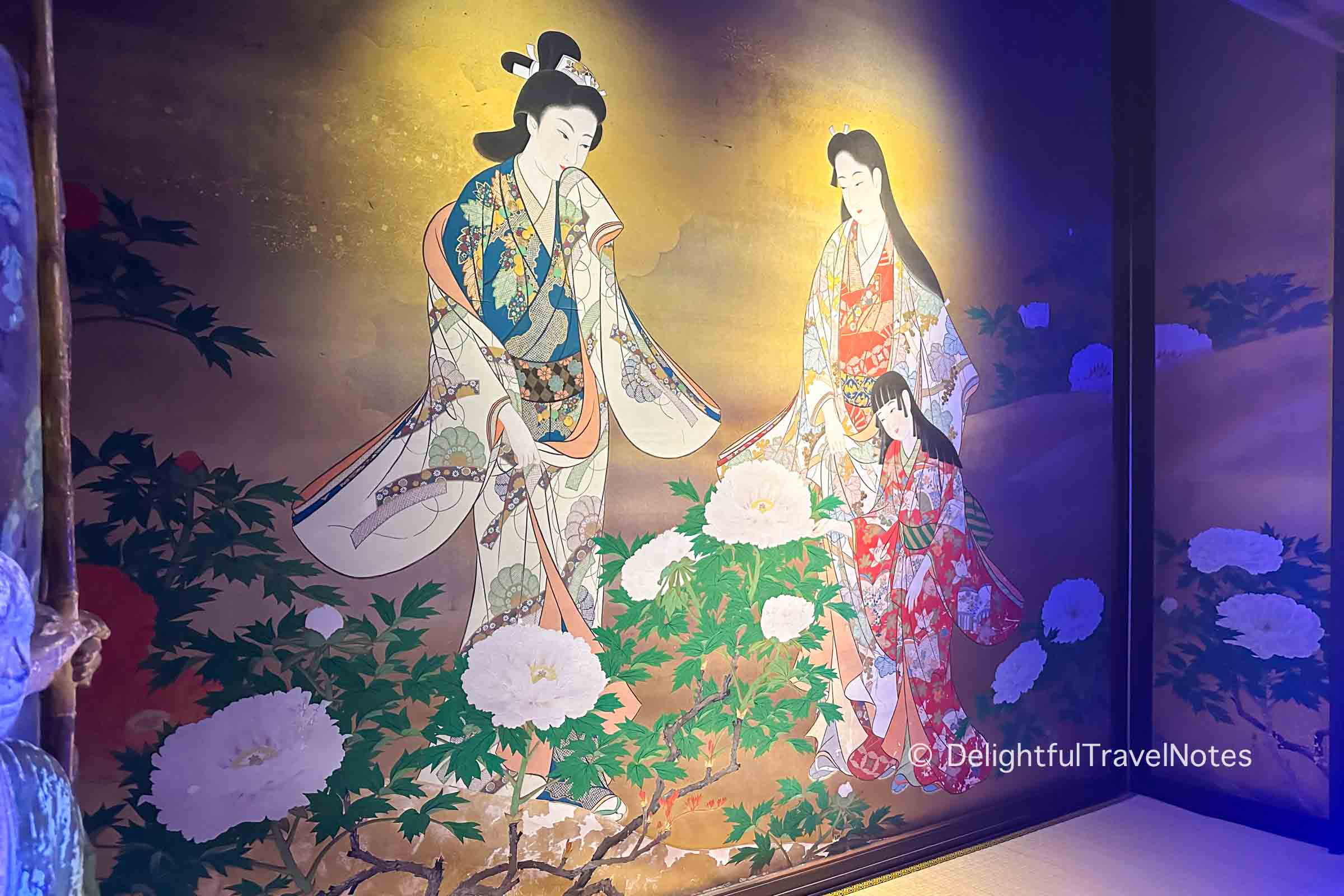
You will also see that each room often displays different art styles or regional motifs. For example, there is one room with mother-of-pearl work in its structural elements. Mother-of-pearl work is also a characteristic of the Hotel Gajoen’s décor, and even the elevator leading to the Hyakudan Kaidan showcases impressive lacquer and mother-of-pearl decoration.
We’re no expert in Japanese traditional art and crafts, so we appreciated that there was information in each room about the artists or the art styles. My favorite room was the one with paintings of the flower baskets of four seasons, with cherry blossoms for spring, irises and hydrangea for summer, chrysanthemums for fall, and peonies for winter.
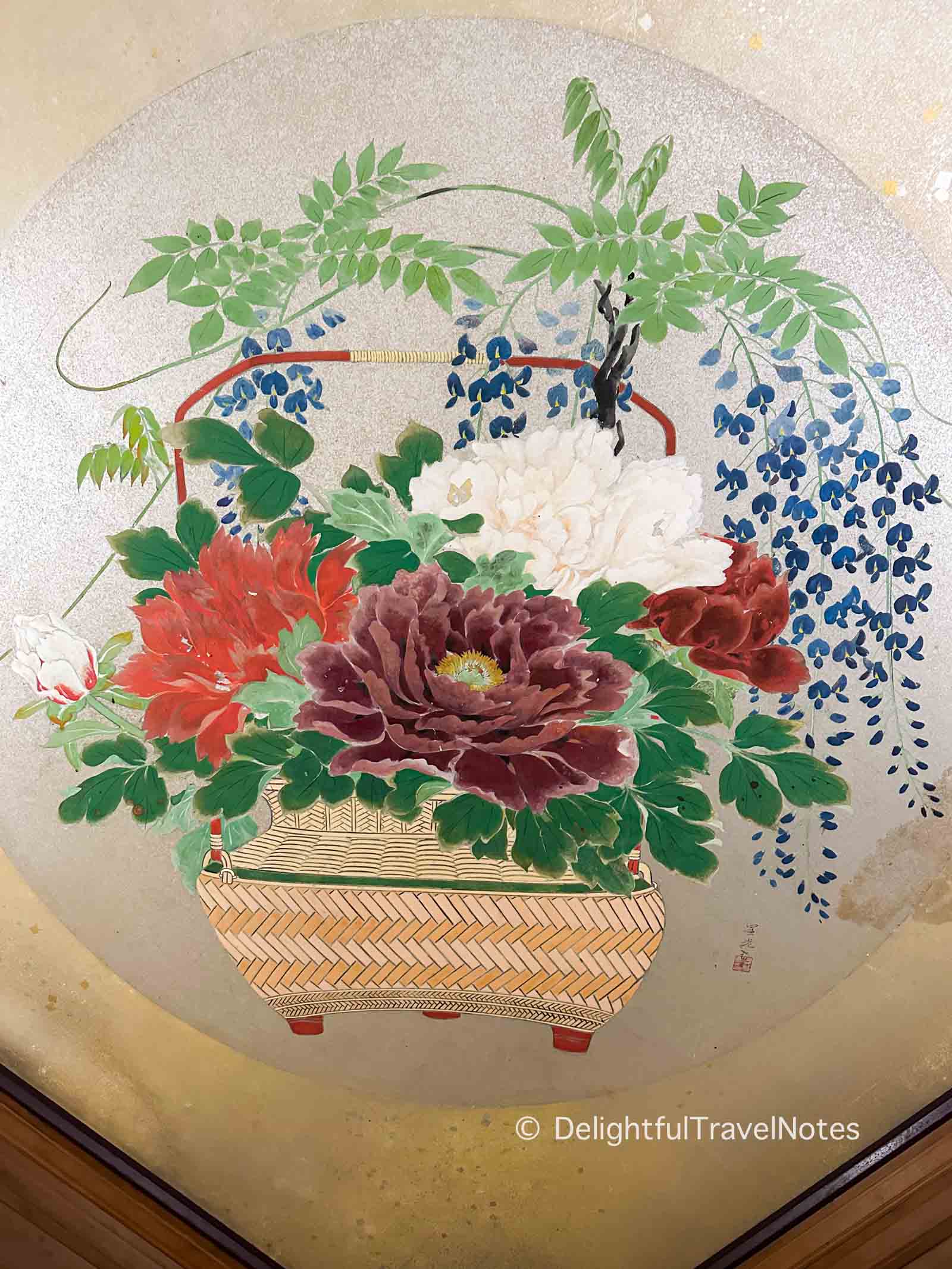
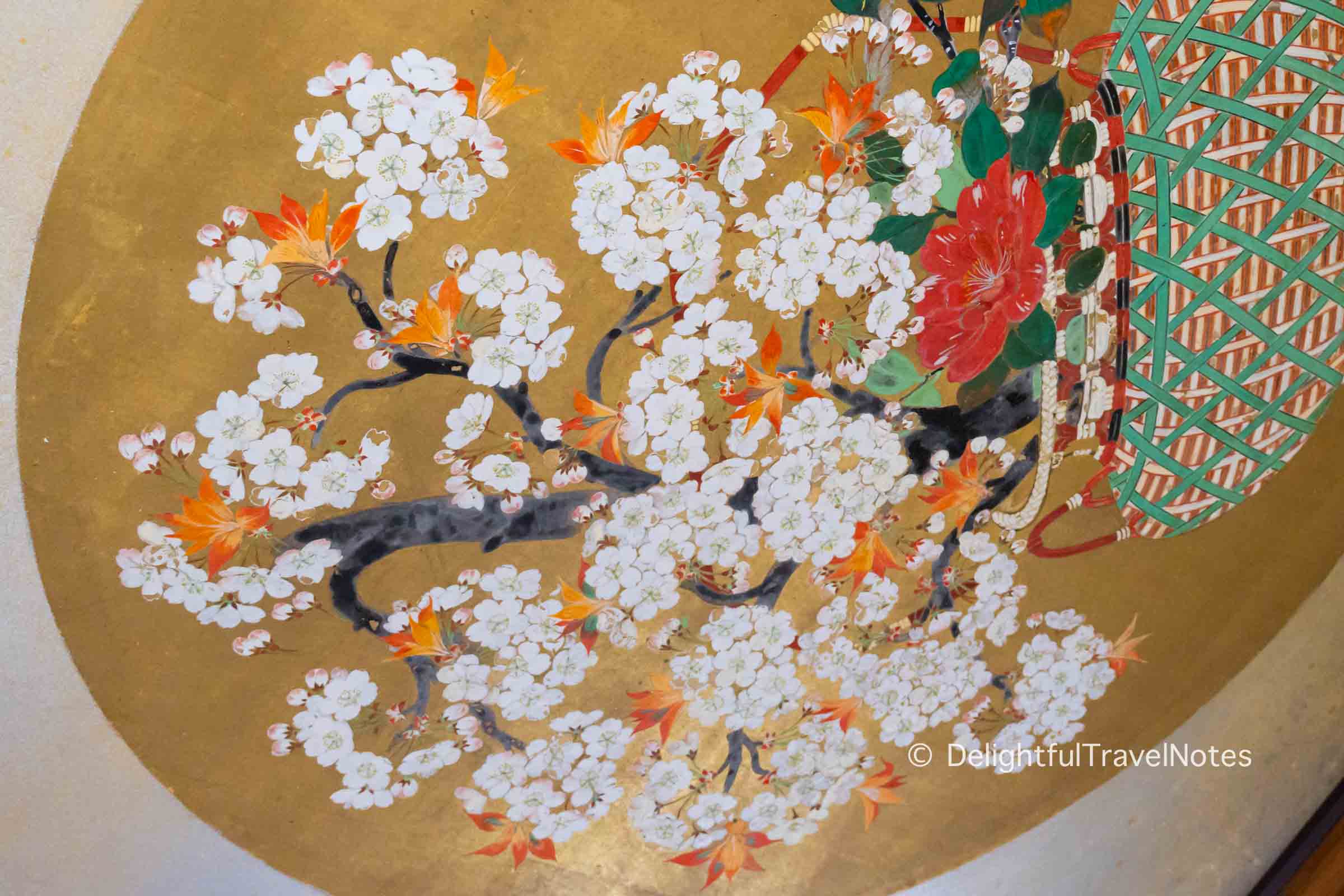
Cultural and Art Exhibitions
Today, Hyakudan Kaidan is used for various cultural and art exhibitions, and is open for public viewing. Our visit coincided with the “The Romanticism of Taisho period” exhibition. The ticket cost 1,500 yen per person on weekends.
I recommend purchasing tickets online in advance for a hassle-free visit. Besides, even though Hyakudan Kaidan is off-the-beaten path for foreign tourists, many Japanese visitors come here. I suggest visiting on weekdays or during early time slots for a more quiet atmosphere.

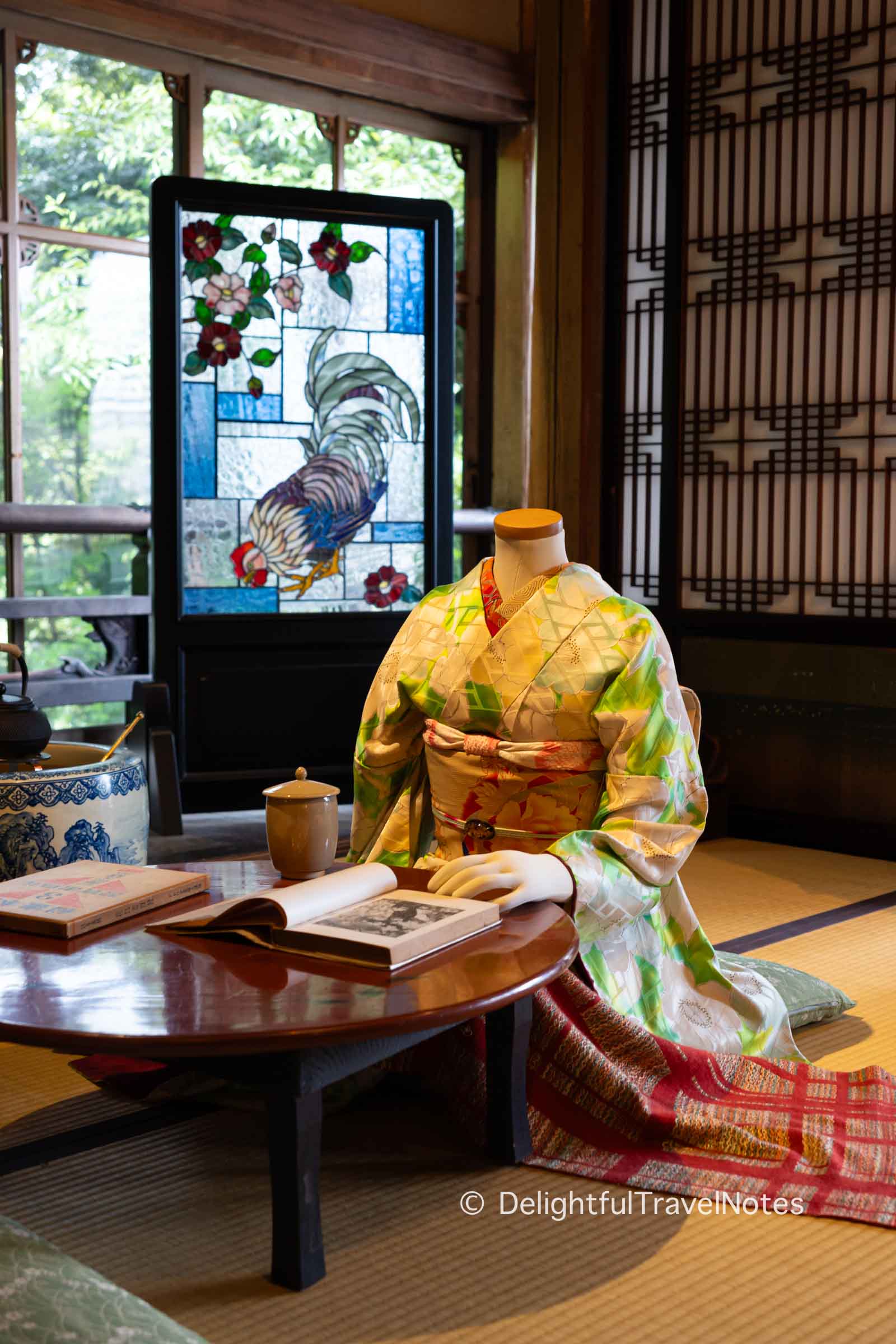
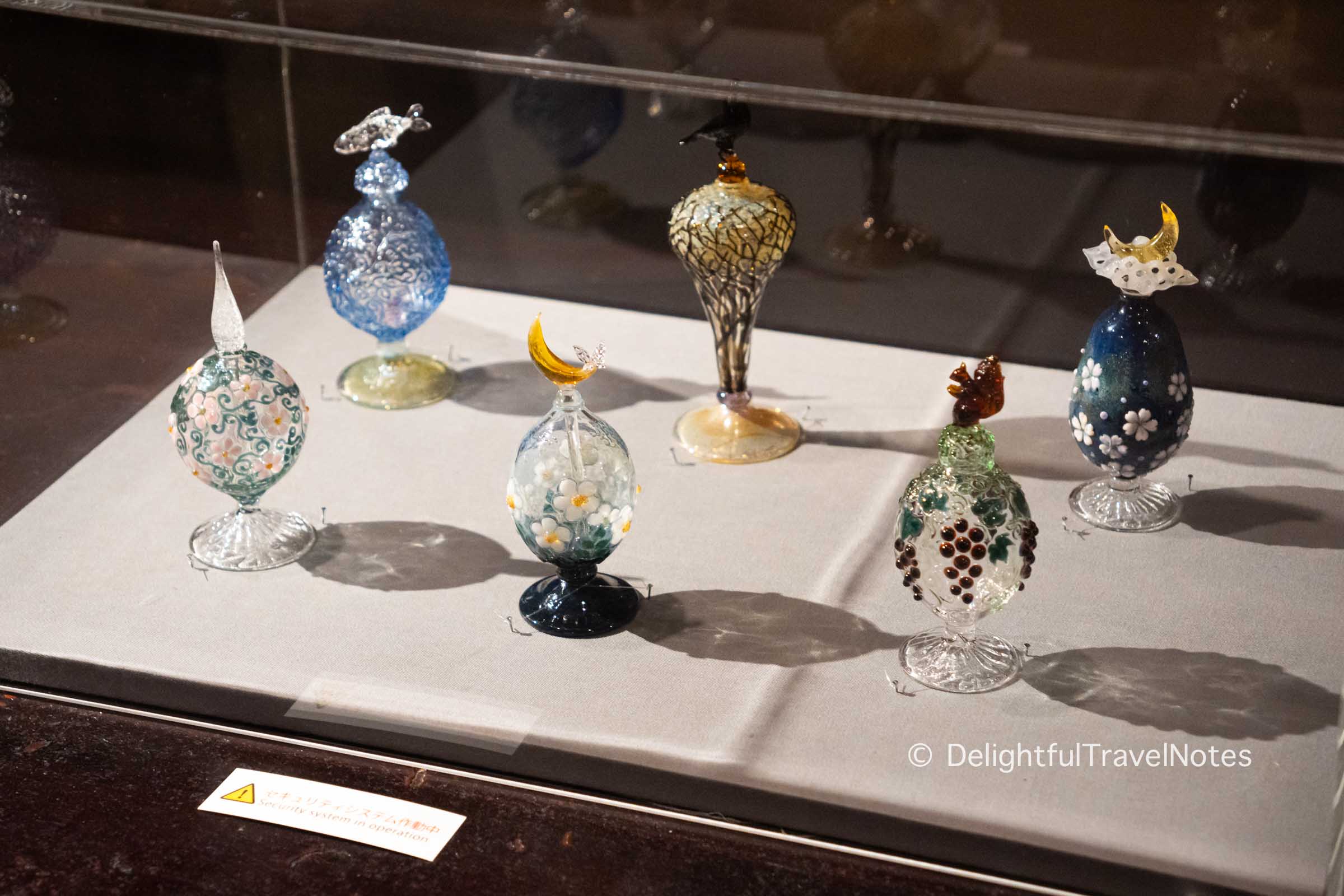
After touring Hyakudan Kaidan and its special exhibitions, you can stop by the souvenir shop where you may find a variety of gifts to bring home from Japan. I bought a goshuin-cho, a book dedicated to storing goshuin stamps from temples and shrines in Japan, with a beautiful motif of Japanese cranes on the cover.
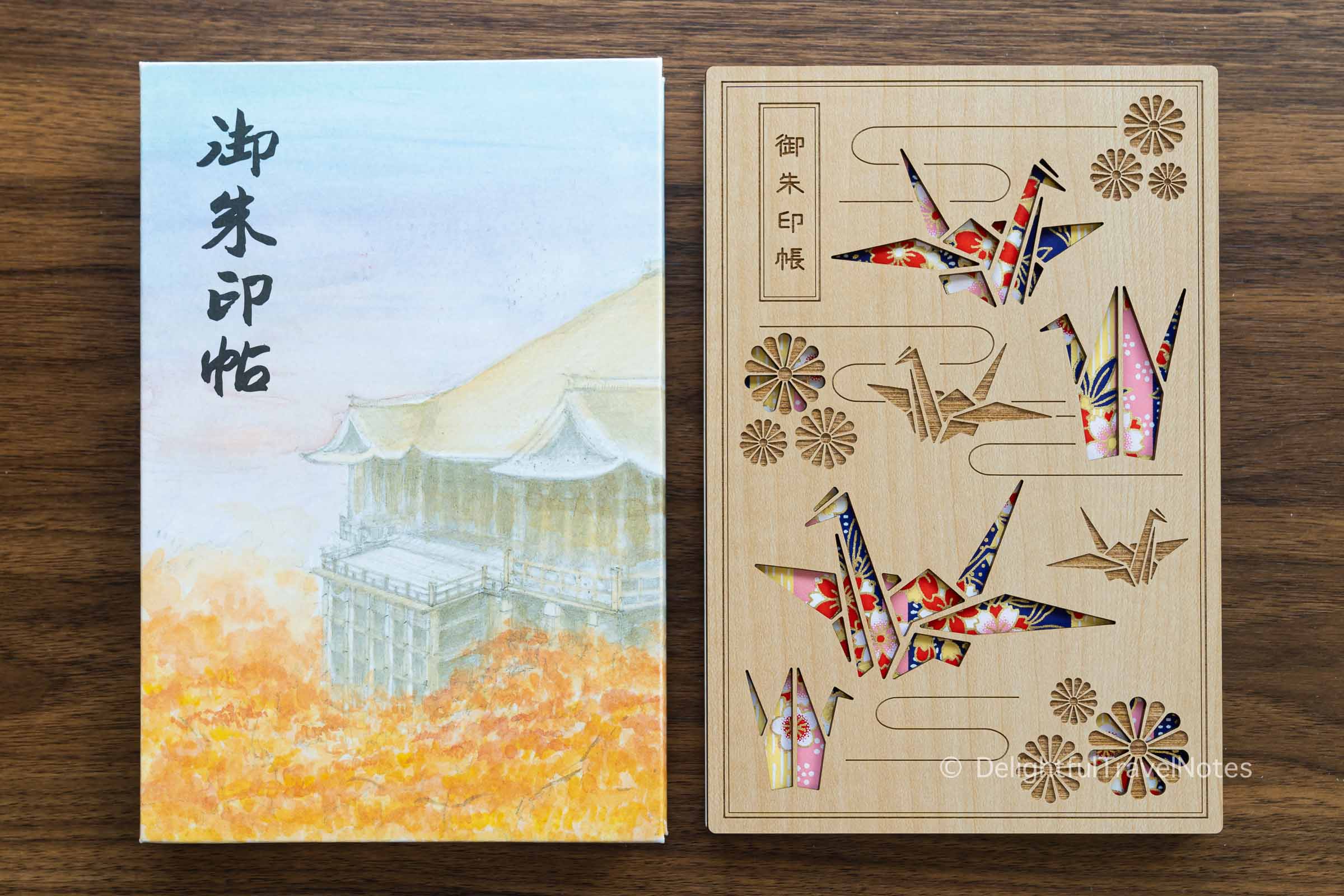
Conclusion
You can expect to spend about 60-90 minutes at Hyakudan Kaidan, depending how much you like the exhibition they are running at the time of your visit. There is information in English to give you an overview of the art and exhibits in each room. However, there are some explanations in Japanese only, but Google image translate is pretty decent these days. Also note that you will be required to take off your shoes before entering the staircase and its adjacent rooms.
The site, while accessible, is not located in the main tourist hubs such as Ginza, Asakusa, Ueno, Shibuya or Shinjuku. However, if you have extra time in Tokyo and want to step away from the usual tourist spots, I think Hyakudan Kaidan is worth considering.
After the visit, don’t forget to view artworks displayed in public areas at Hotel Gajoen. There are also several restaurants and cafes inside the hotel, including the charming Cafe Pandora. The cafe’s courtyard offers a lush and serene backdrop to complement your gallery visit. Although we found the food and drink just so so, it was a relaxing and beautiful spot to talk about the art we had just seen over a leisurely coffee.
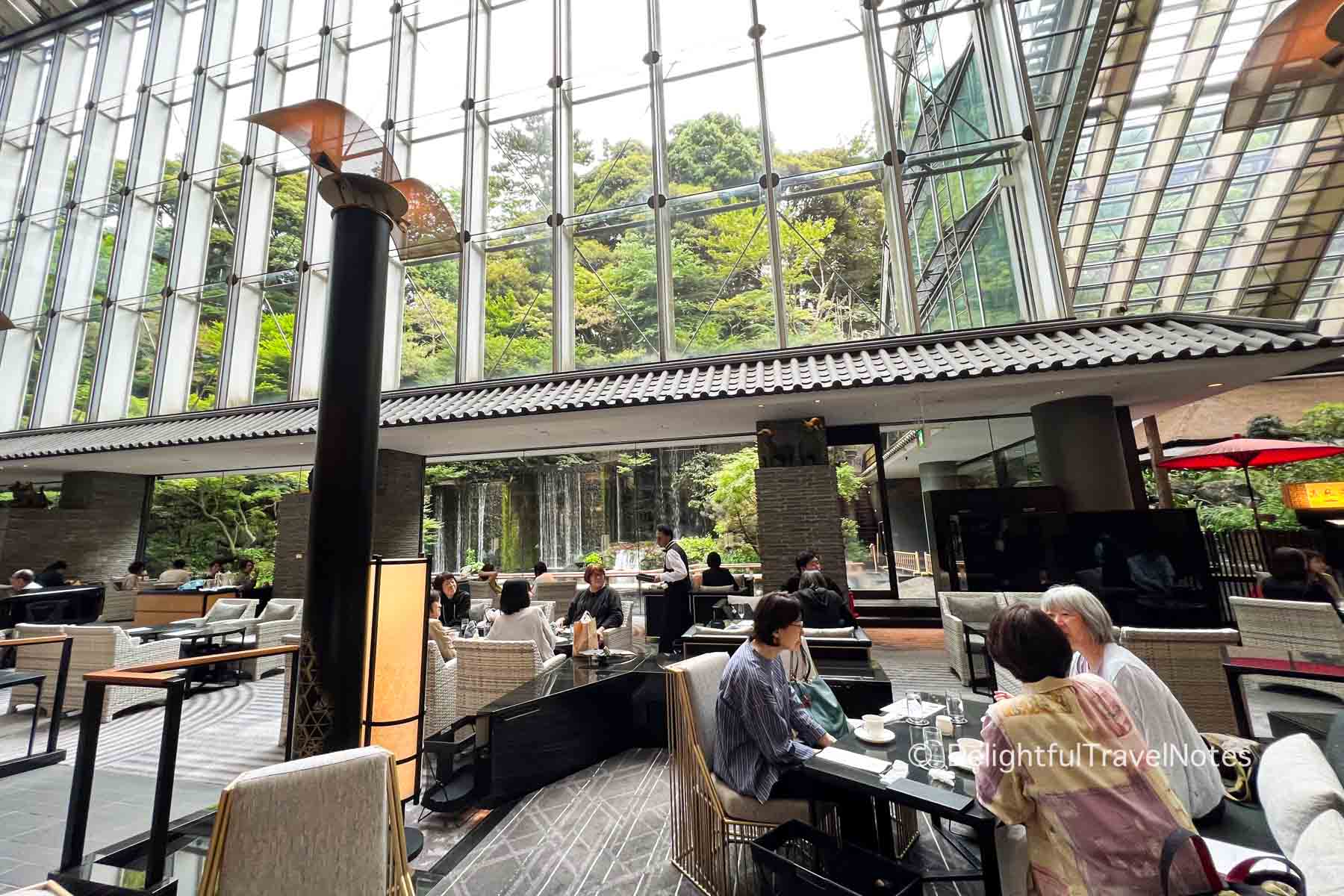
More Things to Do Nearby
Since you don’t need a whole day to see Hyakudan Kaidan, here are other places to visit near Meguro Station:
- Tokyo Metropolitan Teien Art Museum: originally built as a residence for members of the Japanese Imperial Family, this building was later converted into an art museum. The museum is known for its Art Deco architecture and beautifully landscaped garden.
- Meguro River: it is a famous spot for cherry blossom viewing in spring.
- Toshiriki: this is one of the best yakitori restaurants in Tokyo. You will need to make reservation in advance to dine at this famous restaurant.
If you are looking for a place to stay in Tokyo, check out my list of top Tokyo hotels with large rooms and reasonable prices. They are well-maintained properties with good service and convenient locations for sightseeing.

Explore More
The Thousand Kyoto Review: Wonderful Hotel Right Next To Kyoto Station
How To Plan An Amazing Trip to Kyoto (Beyond General Japan Travel Tips)
Top Crowded Attractions in Kyoto and How to Avoid the Masses
One Comment